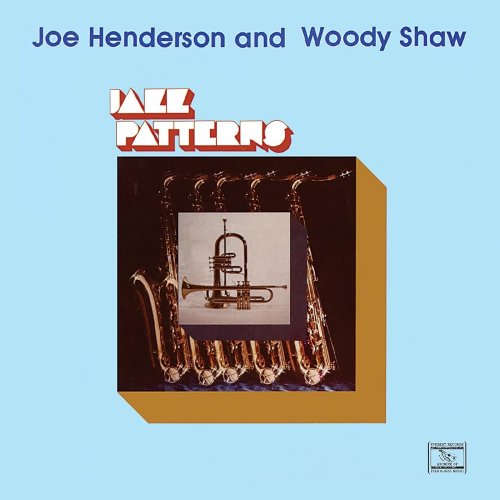Rogério Gonçalves & A Corte Musical - Sebastián Durón: La Guerra de los Gigantes (2013)

Artist: Rogério Gonçalves & A Corte Musical
Title: Sebastián Durón: La Guerra de los Gigantes
Year Of Release: 2013
Label: Pan Classics
Genre: Classical
Quality: FLAC (image + .cue, log, booklet)
Total Time: 1:12:55
Total Size: 398 MB
WebSite: Album Preview
Tracklist:Title: Sebastián Durón: La Guerra de los Gigantes
Year Of Release: 2013
Label: Pan Classics
Genre: Classical
Quality: FLAC (image + .cue, log, booklet)
Total Time: 1:12:55
Total Size: 398 MB
WebSite: Album Preview
01 Xácara 2:31
Prologue
02 Cítaras dulces 6:48
03 La Fama Se numen y voz 3:39
04 El Tiempo Aunque mas vuele 5:02
05 La Inmortalidad Quien primero que la fama 3:10
06 El Silencio Tiempo eternidad y fama 3:39
Scene 1
07 Palante y Gigantes Disformes hixos 1:19
08 Palante Estender nuestro imperio 1:03
09 Palante y Gigantes ¡ Alarma alarma ! 1:26
Scene 2
10 Júpiter Aquila ynpaziente 1:52
11 Júpiter y Minerva Y ya que barado el buelo 1:06
12 Minerva y Gigantes Esa monstruosa espezie 4:01
13 Júpiter y Minerva Ya en mi oido 1:22
14 Júpiter y Minerva Buzentoro de plumas 1:16
Scene 3
15 Hércules y Minerva Animoso denuedo 2:51
16 Hércules y Minerva Quien eres divina 3:05
17 Hércules y Minerva Sacrílego impulso 1:31
18 Hércules y Minerva Aora si si 3:34
Scene 4
19 Júpiter, Hércules y Palante Osados esquadrones 2:49
20 Júpiter y Palante ¿ Mas que es esto deidades ? 2:50
Scene 5
21 Palante y Minerva Donde cielo divino 5:27
22 Palante Jobe, Hércules, Minerva, Dioses 3:47
Scene 6
23 Júpiter Suenen y al dulze echizo 4:36
24 Hércules Minerva y Júpiter Como oy no a de ser 2:02
25 A de la tierra 2:09
'La Guerra de los Gigantes' Sebastián Durón is one of the earliest Spanish operas in the history of music: a musical rarity in a stirring presentation by Rogerio Gonçalves, his Ensemble A Corte Musical as well as singers Eva Juárez (Jupiter), Camilla de Falleiro (Hercules), Anna Freivogel (Minerva) and Maria Weiss (Palante). This 'War of the Giants' is about the battle of colossuses who, incited by their leader, Palante, rebel against the gods but are ultimately defeated. In setting this warlike storyline, Durón makes use of a musical language influenced by Spanish folk music and in which the rhythmic complexity is particularly impressive. The music's special timbre is largely due to the use of a natural trumpet, guitars, harp and percussion instruments. Composed in 1702 for the occasion of an aristocratic wedding, Durón gives evidence of his reverence for the new Bourbon King Philip V through his skilled integration of both Italian and French formal elements. The mythological plot of this 'opéra escénica' can be interpreted as an allegory of the incipient Spanish war of succession Durón, who had received highest honours at the court as maestro of the Real Capilla under Charles II, made no secret of his pro-Habsburg attitude. It was probably only thanks to his good connections to the Spanish high nobility that he was able to return to the Madrid court after having lived in French exile beginning in 1706.
Related Release:


![Johnny Janis - Playboy Presents... Once In a Blue Moon (2015) [Hi-Res] Johnny Janis - Playboy Presents... Once In a Blue Moon (2015) [Hi-Res]](https://img.israbox.com/img/2025-12/29/hpechfkz7kpvyn01p0qdae2u4.jpg)
![Lionel Hampton - Apollo Hall Concert 1954 (Remastered) (2023) [Hi-Res] Lionel Hampton - Apollo Hall Concert 1954 (Remastered) (2023) [Hi-Res]](https://www.dibpic.com/uploads/posts/2025-12/1766995341_lhac500.jpg)



![Iosu Izaguirre Sextet - Ilusio (2025) [Hi-Res] Iosu Izaguirre Sextet - Ilusio (2025) [Hi-Res]](https://www.dibpic.com/uploads/posts/2025-12/1766936277_cover.jpg)
